US Treasury Secretary Steven Mnuchin warned China in a Financial Times interview on currency manipulation. He said that “as we look at trade issues, there is no question that we want to make sure China is not doing competitive devaluations.” Nonetheless, Mnuchin also acknowledged that Chinese Yuan “depreciated significantly” due to “various factors”. He added “one of those factors has to do with their own economic issues and what has gone on in the Chinese economy.”
Earlier this week, Bloomberg reported that Mnuchin faced pressure from within the White House to formally designate China as currency manipulator. The Treasury Department is expected to release its semiannual currency report later this month. And we’ll see Mnuchin’s eventual stance then.
There are clear rules for the Treasury to decide whether a country is manipulating its currency. Rules aside, as we argued in our report, China has been clearly intervening in the markets to “halt” or “slow” the sharp decline of the Yuan exchange rate. It’s clearly seen by almost everyone sensible in Asia that the Yuan and Chinese stocks are in deep trouble facing the risks of trade war escalations.
And it’s unknown why part of the US administration continued to lie about intention devaluation by China on the Yuan. Though, we wouldn’t mind the US just face the facts by naming China as currency manipulator and requests it stopping to support the Yuan exchange rate.



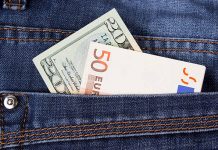
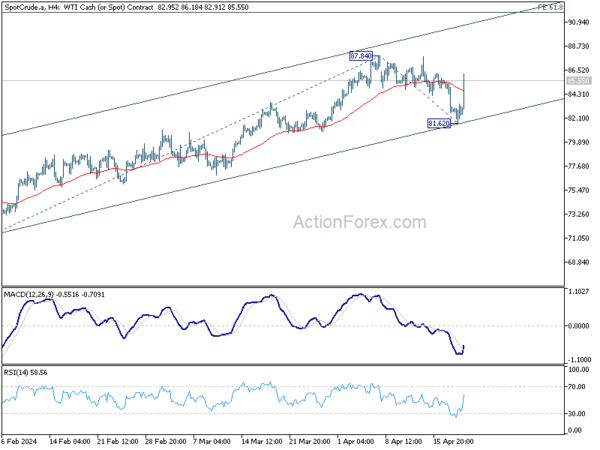
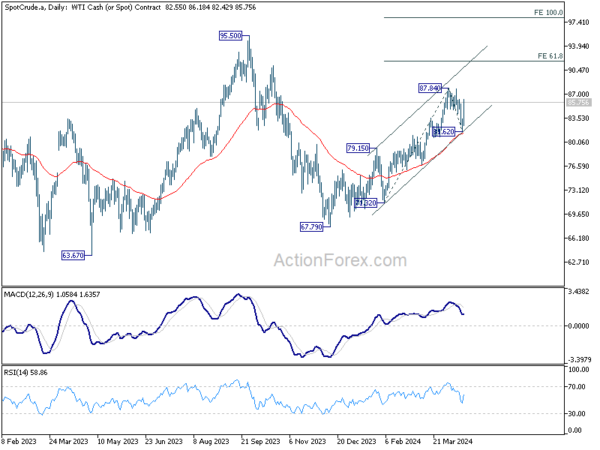
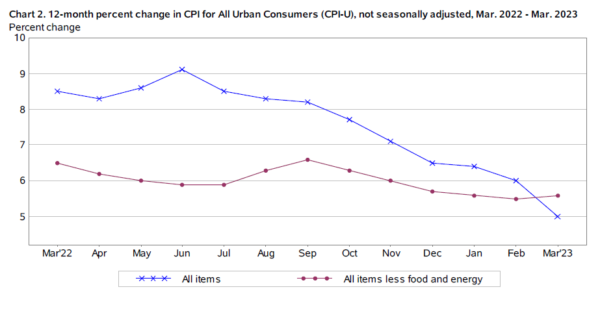
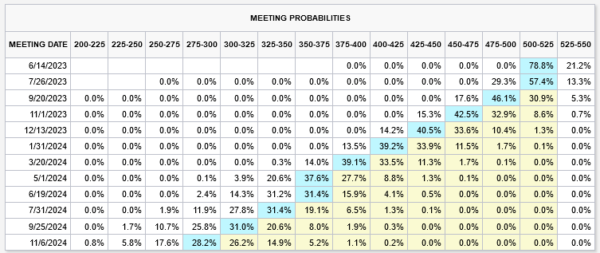
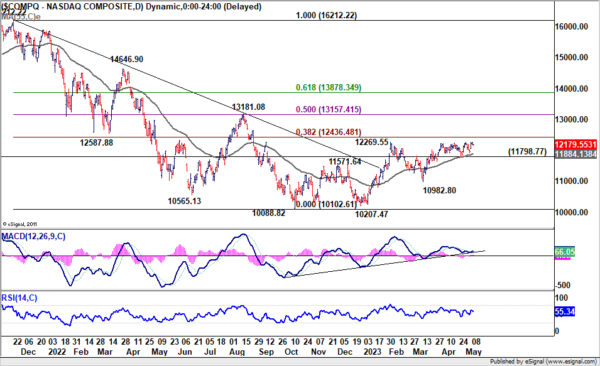

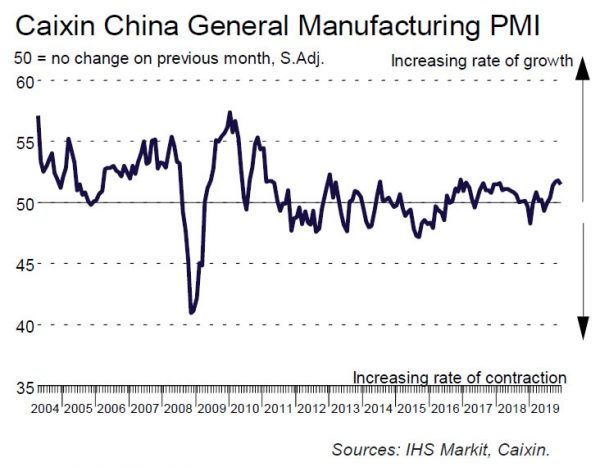
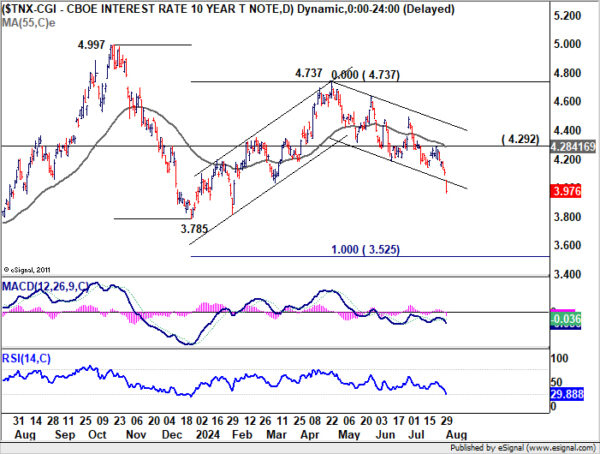
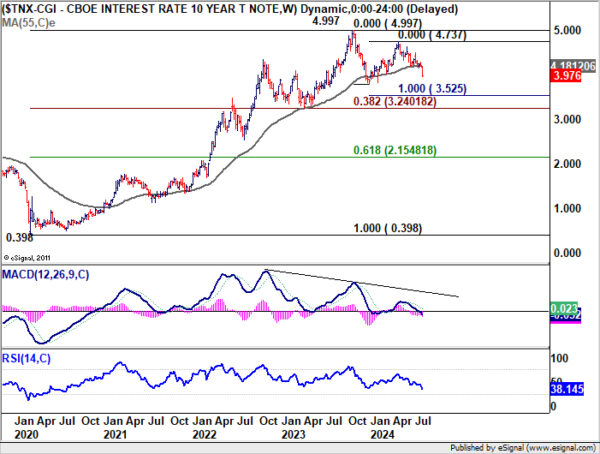
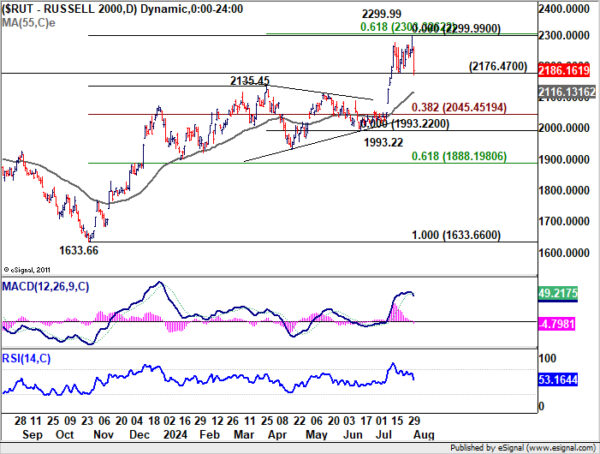
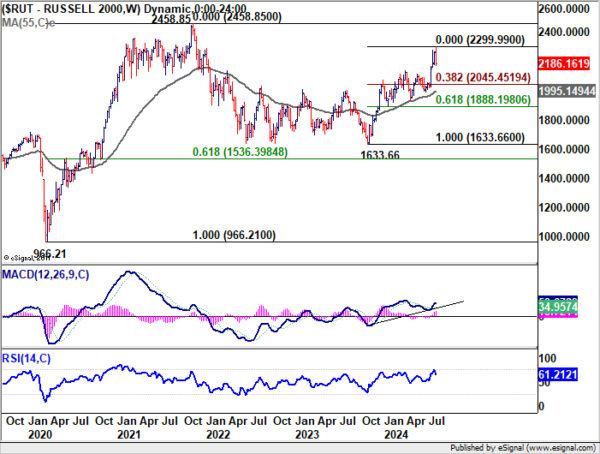
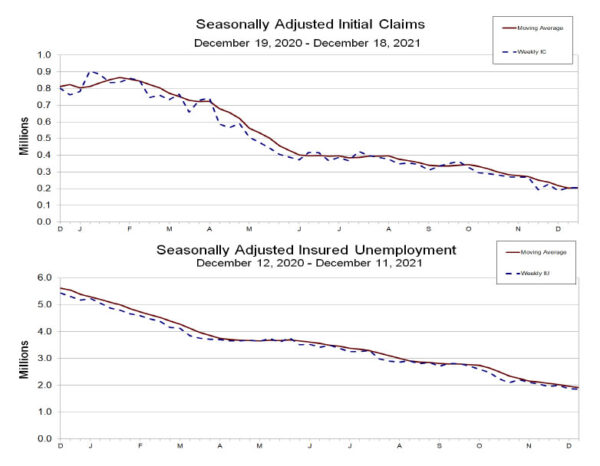
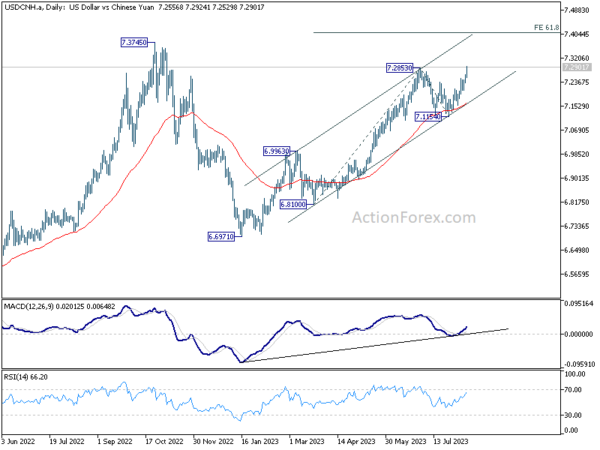
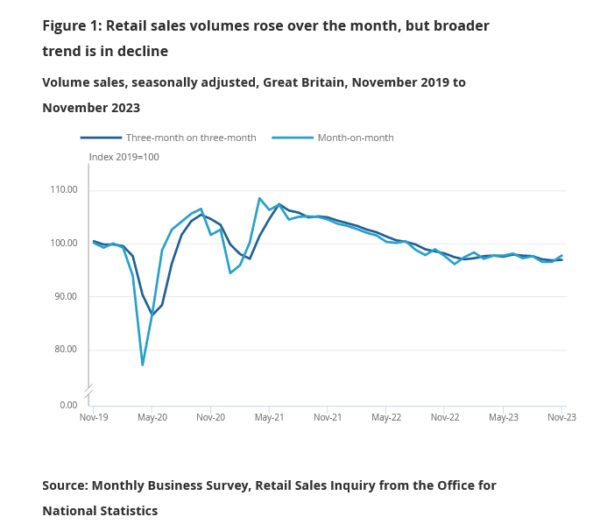
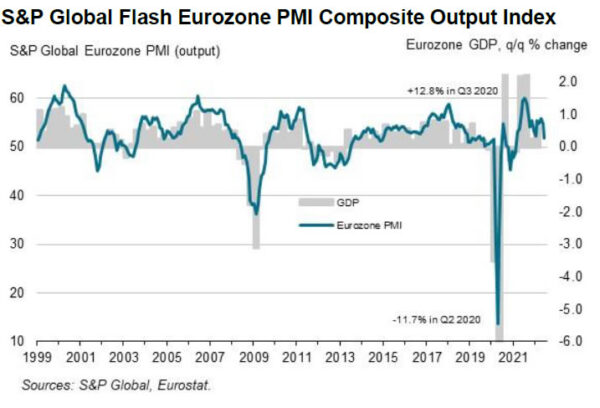

Swiss KOF dropped to 101.1, still slightly above long term average of 100
Swiss KOF Economic Barometer dropped -0.2 to 101.1 in July, below expectation of 101.5. The reading still sit slightly above the long-term average of 100, indicating a slightly above-average economic development in Switzerland in the coming months.
KOF noted in the release that “negative indicators for manufacturing, the export industry and the accommodation and food service activities sector were mainly responsible for the slight decrease.” On the other hand, “positive signals come from the banking and the construction sectors.”.